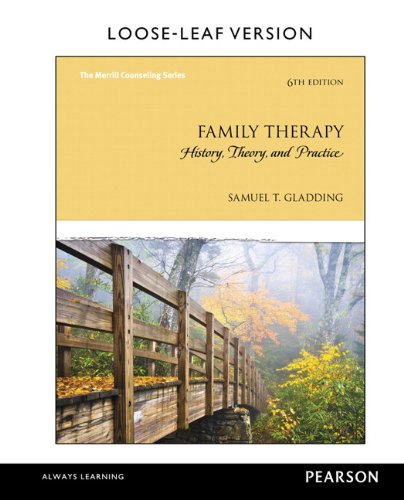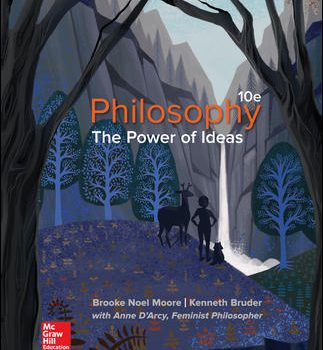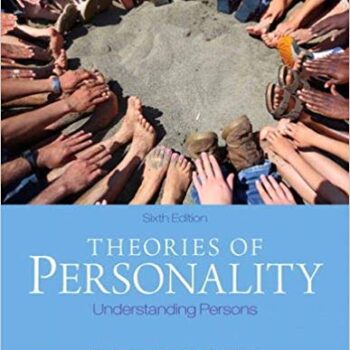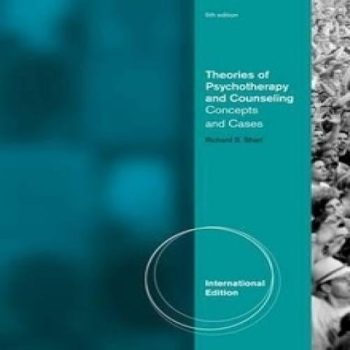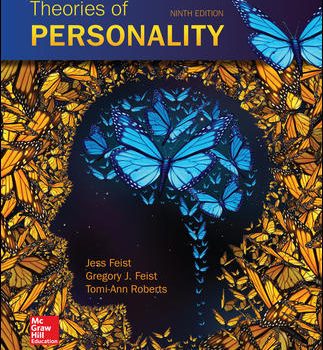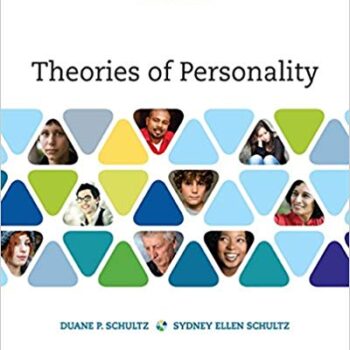Family Therapy History, Theory, and Practice 6th Edition Gladding – Test Bank
$55.00 Original price was: $55.00.$30.00Current price is: $30.00.
Digital item No Waiting Time Instant DownloadISBN-10: 0133828417 ISBN-13: 978-0133828412Publisher : Pearson; 6th editionAuthor: Samuel T. Gladding
Welcome to the store! It has been an honor to provide the Family Therapy History, Theory, and Practice 6th Edition, Gladding Test Bank. Considering this is a comprehensive material for anyone taking up family therapy, we find it fitting to share some critical details about its usefulness to you.
What is family therapy?
Family therapy assists families in accepting and resolving their conflicts. It enables them to communicate their emotions and learn how best to be there for each other. However, there are many troubles that multiple families encounter and with the help of this type of therapy, families are able to understand themselves much better.
History of family therapy
Getting to the roots of this concept, the history of family therapy dates back to so many years. Even years before, it was the norm of specialization to understand that if there was a problem among families, it was not only one person who suffocated but everyone in the family as well. Pioneers such as Jay Haley and Virginia Satir were some of the first thinkers who contributed to this growing field; advocates that families working together can heal.
Theories behind individual therapy
Family therapy has many kinds of different theories. Each explains the family system in a different way and even the ways of treating them. Several theories include:
- Systems Theory: As only one premise in family therapy, systems theory simply considers the family being treated as a system with various parts to it. Each family member has a designated function so that even the transformation of one person affects everyone somehow.
- Structural Family Therapy: This approach stresses the importance of the entire family structure. It examines the behaviors, expresses the unsatisfactory ones, and gets them changed.
- Narrative Therapy: This principle focuses on families as they narrate their lives. As they narrate, these families generate new explanations and new possibilities.
The Practice of Family Therapy
Family therapy practice entails employing disparate means in assisting varied families. Some therapists may encourage their clients to employ role-play, talks, or even homework as forms of assessment that would foster communication among the family members. The aim of such interaction enable each family member to feel safe sharing his or her opinion or emotion on a particular issue.
Why Use the Test Bank?
The Family Therapy History, Theory, and Practice 6th Edition Gladding – Test Bank is a useful resource when it comes to taking care of histories, theories, and practices of family therapy. Here’s how:
- Practice Questions: It comes with practice questions to help you prepare and test your knowledge of the family therapy concepts.
- Study Aid: When getting ready for exams or class discussions, it may be beneficial to study this.
- Enhance Learning: It builds up what you study using the textbook far better than most people would ever regard such as highly useful information.
As can be deduced from the above information, the Test Bank assists students in becoming more grounded in the world of family therapy. This will enable better implementation of these concepts in practical situations witnessing effectiveness.
Conclusion
In our opinion, the study of family therapy is worthwhile. Family Therapy: History, Theory, and Practice 6th Edition by Gladding Test Bank will help you in your academic endeavors. We aim to assist you in your quest to comprehend family relations and work towards their modification or strength. Thanks for coming by our shop.
$55.00 Original price was: $55.00.$28.00Current price is: $28.00.
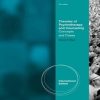
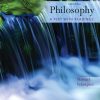
$65.00 Original price was: $65.00.$25.00Current price is: $25.00.

